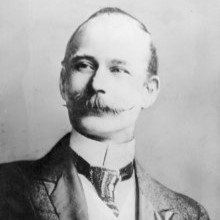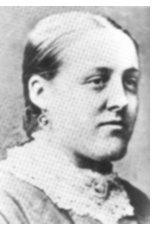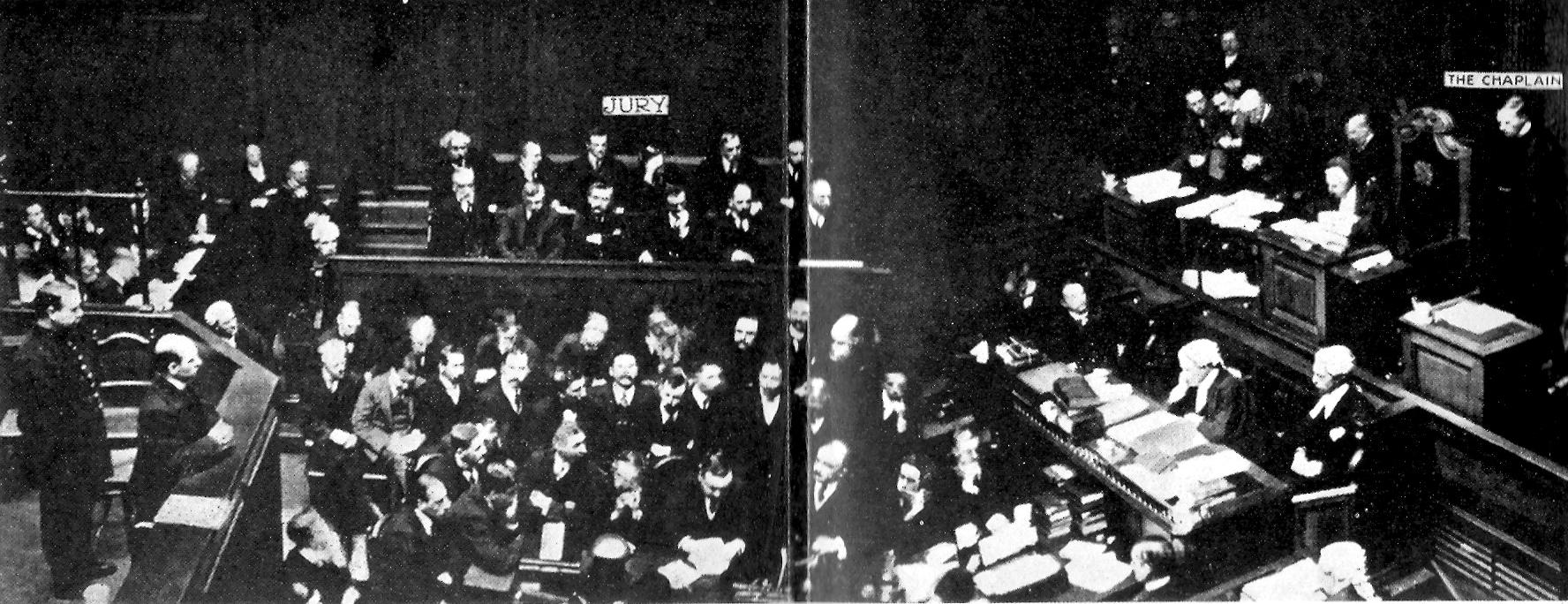
1872 - 1912
Frederick Henry Seddon
Summary
Name:
Frederick Henry SeddonYears Active:
1910 - 1911Birth:
January 21, 1872Status:
ExecutedClass:
MurdererVictims:
1Method:
PoisoningDeath:
April 18, 1912Nationality:
United Kingdom
1872 - 1912
Frederick Henry Seddon
Summary: Murderer
Name:
Frederick Henry SeddonStatus:
ExecutedVictims:
1Method:
PoisoningNationality:
United KingdomBirth:
January 21, 1872Death:
April 18, 1912Years Active:
1910 - 1911Date Convicted:
March 14, 1912bio
Frederick Henry Seddon was born on January 21, 1872, in Liverpool, England, to William Seddon and Mary Ann Kennen. He was raised in a respectable, middle-class environment and eventually carved out a modestly successful life for himself. He married Margaret Ann Jones on December 31, 1893, and the couple had five children. By all outward appearances, they lived a stable life, especially after relocating to London.
Seddon was a man of means and ambition. He worked as a Superintendent of Collectors for a national insurance company and had various side ventures, including a second-hand clothing business run in his wife’s name. He also speculated in real estate and investments. In 1909, he purchased a spacious 14-room house at 63 Tollington Park near Finsbury Park, London, where his family, including his aging father, resided.
Though ambitious, Seddon’s obsession with money bordered on the pathological. Friends and acquaintances described him as meticulous, frugal, and intensely calculating. He had previously been a member of the Freemasons, joining Liverpool’s Stanley Lodge in 1901 and later helping found the Stephens Lodge in Buckinghamshire. He resigned from both lodges in 1906.
murder story
The murder of Eliza Mary Barrow was slow, calculated, and executed under the guise of hospitality. After transferring her financial assets to Frederick Seddon, Barrow continued living in the Seddon household with her ward. In August 1911, the group took a vacation together to Southend, returning home just weeks before Barrow’s health began to deteriorate rapidly.

Shortly after their return, Seddon’s daughter was instructed to purchase flypaper, a common household item at the time that contained arsenic. Barrow soon developed severe gastrointestinal symptoms, including sharp stomach pains and vomiting. Though a local doctor prescribed basic treatments, Barrow refused hospital admission and remained under the care of the Seddon family.
On September 13, 1911, while bedridden and frail, Barrow dictated a will to Seddon and signed it in front of his relatives. Just hours later, in the early morning of September 14, she died under suspicious circumstances while being looked after by Mrs. Seddon.
Seddon wasted no time. He obtained a death certificate from the overworked local doctor, who never examined the body, and arranged a cheap funeral the next day. He buried Barrow in a common plot instead of her family’s vault at Highgate Cemetery. He then claimed full control over her estate and departed with his family for a holiday in Southend.
Barrow’s cousin, Frank Vonderahe, became suspicious of the sudden death and the rushed funeral. Upon learning that all of Barrow’s assets had allegedly been used for funeral and childcare expenses, he alerted the police. Her body was exhumed in November 1911, and forensic testing by Sir William Willicox and famed pathologist Bernard Spilsbury revealed she had been poisoned with arsenic, about two grains worth.
Frederick and Margaret Seddon were arrested and charged with murder. Their trial, held at the Old Bailey in early 1912, captivated the public. The prosecution, led by Attorney General Sir Rufus Isaacs, presented clear evidence: Margaret had purchased flypaper, and it had been soaked to extract arsenic, which was then administered to Barrow in small doses. Seddon dictated the will and quickly benefited from Barrow’s death, making motive clear.
Though defended by renowned barrister Edward Marshall Hall KC, Seddon sealed his fate by testifying in his own defense, a move his counsel strongly advised against. His cold and arrogant demeanor alienated the jury, especially when he made the outlandish claim that Barrow may have drunk the poisoned flypaper water herself.
On March 20, 1912, Seddon was found guilty. His wife Margaret was acquitted. When asked if he had anything to say before sentencing, Seddon appealed emotionally to the judge, invoking their shared Masonic ties and pleading for mercy in the name of “The Great Architect of the Universe.” Mr. Justice Bucknill rejected the plea, stating solemnly that their brotherhood did not excuse crime.

Frederick Seddon was hanged on April 18, 1912, at Pentonville Prison by executioners John Ellis and Thomas Pierrepoint. His widow remarried later that year and emigrated to the United States with her children.